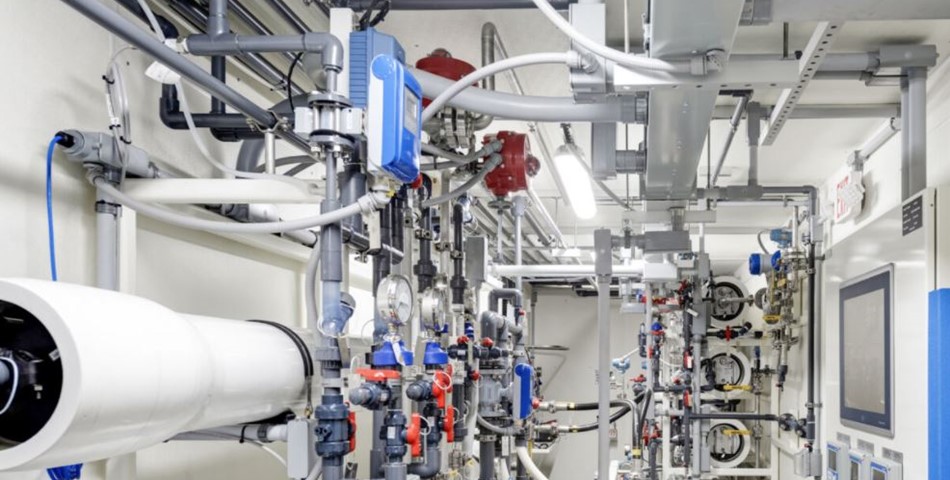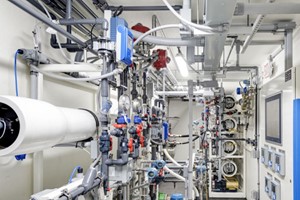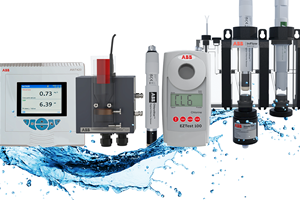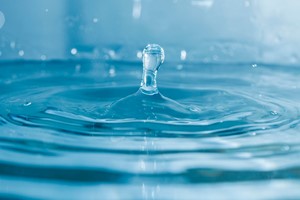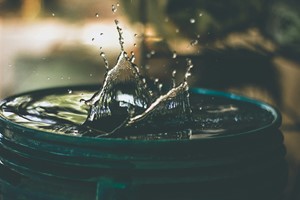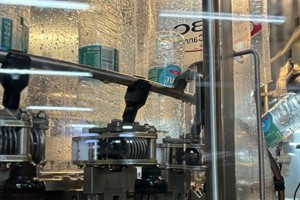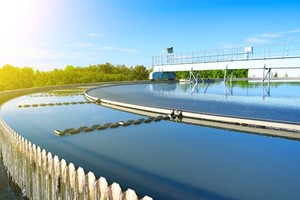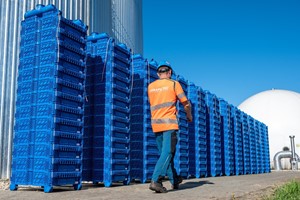In these days of seemingly never-ending chip shortages, more and greater varieties of semiconductors are in demand. Chip fabs around the world are now racing to catch up to the world’s many microelectronic needs. And chip fabs need a lot of water to operate.
By some estimates, a large chip fab can use up to 10 million gallons of water a day, which is equivalent to the water consumption of roughly 300,000 households.
Since that time, water recycling at semiconductor plants has continued to increase, according to Prakash Govindan, chief operating officer at Gradiant, a company that offers end-to-end water recycling technologies to a range of industries, including semiconductors.
“Conventional treatment of wastewater at semiconductor plants had recycled anywhere from 40 percent to 70 percent of water used in their processes,” explains Govindan. “Some manufacturers still only recycle 40 percent of the water they use.”
However, over the past two years Gradiant has been working with semiconductor plants, improving their water reuse so that they’re able to recycle 98 percent of the water they use. So, instead of bringing in 10 million gallons of freshwater a day from outside, these new recycling technologies mean they need to draw only 200,000 gallons of water from outside the plant to operate.
The technology that Gradiant has developed is based around counterflow reverse osmosis (CFRO), which is an adaptation of a well-established reverse osmosis technique. Counterflow streams enable the technology to push water recovery to much higher levels than preexisting reverse osmosis techniques could.
While reverse osmosis techniques depend on high pressure that typically demands a lot of energy, Gradiant has developed a thermodynamic balancing technique that minimizes the driving force across the filtering membrane, therefore reducing the energy consumption for a given amount of water treated.
The semiconductor industry’s concerns on issues of sustainability track along with how the industry has evolved over the past 20 years. As feature sizes have become smaller, the level of contaminants chips can tolerate and the level of toxic chemicals they use have changed. What was applicable 20 years ago in Mountain View, Calif., when Fairchild did chip manufacturing there is completely different from what the Micron plant in Idaho is doing today.
While sustainability is shaping up to be a key outside driver for water recycling efforts, the primary driver is almost always cost savings. In Arizona, for example, the cost of finding, sourcing, and using freshwater is high enough that a company like Gradiant can save a company a great deal of money simply by recycling the water it does manage to acquire. “Our cost of treatment is typically lower than the cost of sourcing and disposal,” adds Govindan.
While U.S. fabs are not facing a threat to the continuity of their business because of water scarcity—despite their locations in arid regions such as Arizona—climate change in general is a looming risk to water availability. Climate change and limited availability of freshwater is reported to be already affecting 40 percent of the global population.
“Because of climate change,” Govindan notes, “the levels of freshwater availability have dropped in some regions, and those numbers could easily be accelerated relative to predictive models. Water scarcity may be even more urgent than we predict today.



